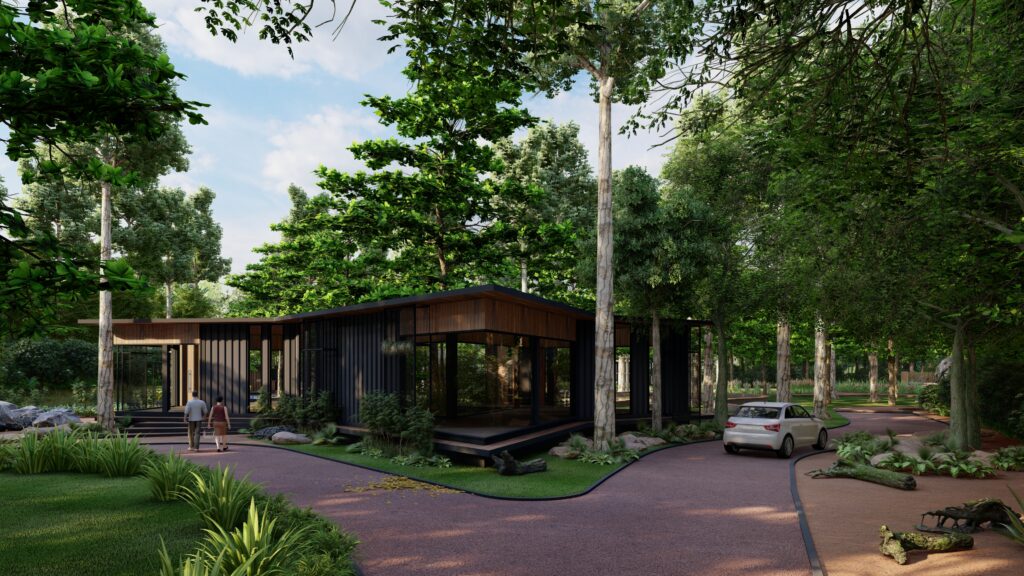Remember the frantic, years-long wait for your dream home? The dust, noise, and budget overruns? What if you could move into a stylish, sturdy home within months, without the traditional chaos? That’s the reality prefab homes India are delivering in 2025. No longer just “temporary sheds,” prefabricated housing is redefining Indian construction with remarkable speed, sustainability, and surprisingly attractive prefab house cost.
As urban land prices soar and eco-consciousness grows, prefab technology offers a lifeline. This isn’t science fiction – it’s the future, built today. Let’s dive into why 2025 is the year prefab goes mainstream in India.
What Exactly ARE Prefab Homes? (And Why India’s Buzzing)
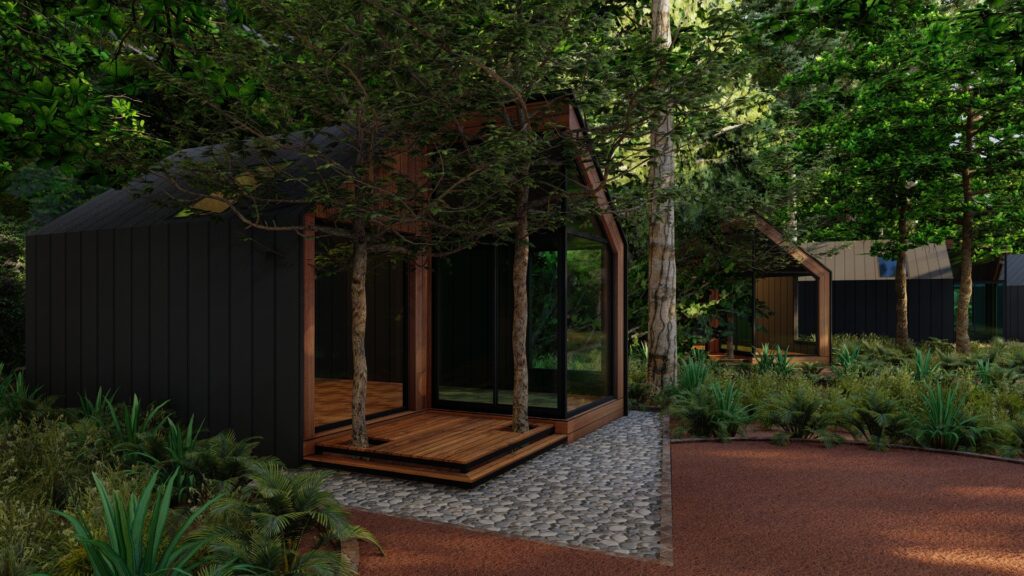
Prefab (prefabricated) homes are structures built in sections within climate-controlled factories, then transported and assembled on-site. Think precision-engineered Lego blocks for adults! The main types include:
- Modular Homes: Complete 3D sections (rooms) joined on-site.
- Panelized Homes: Walls, floors, roofs built as flat panels.
- Pre-Engineered Buildings (PEB): Steel-framed structures ideal for large spans.
India’s prefab boom is fueled by a perfect storm:
- Government Push: Policies like Housing for All and Smart Cities Mission prioritize rapid, scalable solutions.
- Urban Migration: Needing faster housing in crowded cities.
- Tech & Material Advances: Lightweight composites, energy-efficient panels, and AI-driven design.
- Sustainability Mandate: With India’s net-zero pledge, prefab’s reduced waste (up to 30% less than traditional builds) is a massive draw.
Prefab vs. Brick-and-Mortar: The 2025 Showdown
| Factor | Traditional Construction | Prefab Construction (2025) | Winner? |
|---|---|---|---|
| Construction Time | 18-24+ months | 3-6 months | Prefab |
| Cost Control | Frequent overruns (15-30%+) | Fixed pricing (barring site prep) | Prefab |
| Waste Generated | High (≈ 10-15% landfill) | Low (≈ 2-5% landfill) | Prefab |
| Quality Control | Weather-dependent, variable | Factory precision, consistent | Prefab |
| Design Flexibility | High (on-site changes easy) | Moderate-High (needs planning) | Tie |
Source: Analysis based on 2025 industry reports from Construction Industry Development Council (CIDC) and Indian Green Building Council (IGBC)
Prefab’s speed is its superpower. While traditional sites battle monsoon delays, factory production runs 24/7. This efficiency slashes labor costs and loan interest burdens.
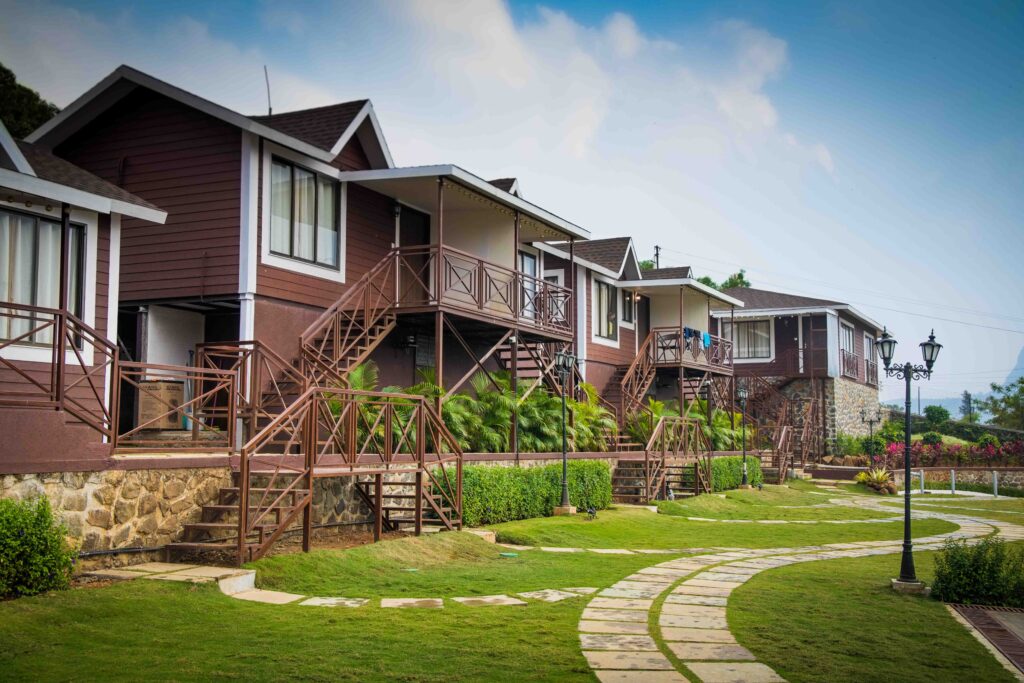
Breaking Down Prefab House Cost in India (2025 Reality Check)
| Type of Prefab Home | Avg. Cost per Sq.Ft (₹) | Total Cost (1000 Sq.Ft) | Key Influencers |
|---|---|---|---|
| Basic (PEB/Galvanized Steel) | ₹ 1,300 – ₹ 1,800 | ₹ 13L – ₹ 18L | Simple design, standard finishes, minimal site work. |
| Mid-Range (Modular Concrete) | ₹ 1,900 – ₹ 2,800 | ₹ 19L – ₹ 28L | Custom layouts, better finishes (tiles, modular kitchens), thermal insulation. |
| Luxury (Custom Modular) | ₹ 3,000 – ₹ 5,500+ | ₹ 30L – ₹ 55L+ | High-end materials (wood cladding, smart glass), complex designs, premium fixtures. |
What Impacts Your Final Prefab House Cost?
- Location: Transport from factory & local labor rates (e.g., hilly/remote = +15-25%).
- Foundations: Rocky soil or multi-story needs? Expect ₹ 200-500/sq.ft extra.
- Interior Fit-Out: Luxury bathrooms or a smart home system? Budget 20-40% extra.
- Permits & Approvals: Vary by state; factor ₹ 50,000 – ₹ 2 Lakh.
Insider Tip: Reputable players like Tata Steel Nest-In, Brigade Group and Mak Housing offer online configurators for real-time quotes.
Design Revolution: Prefab Homes Get Chic & Personal
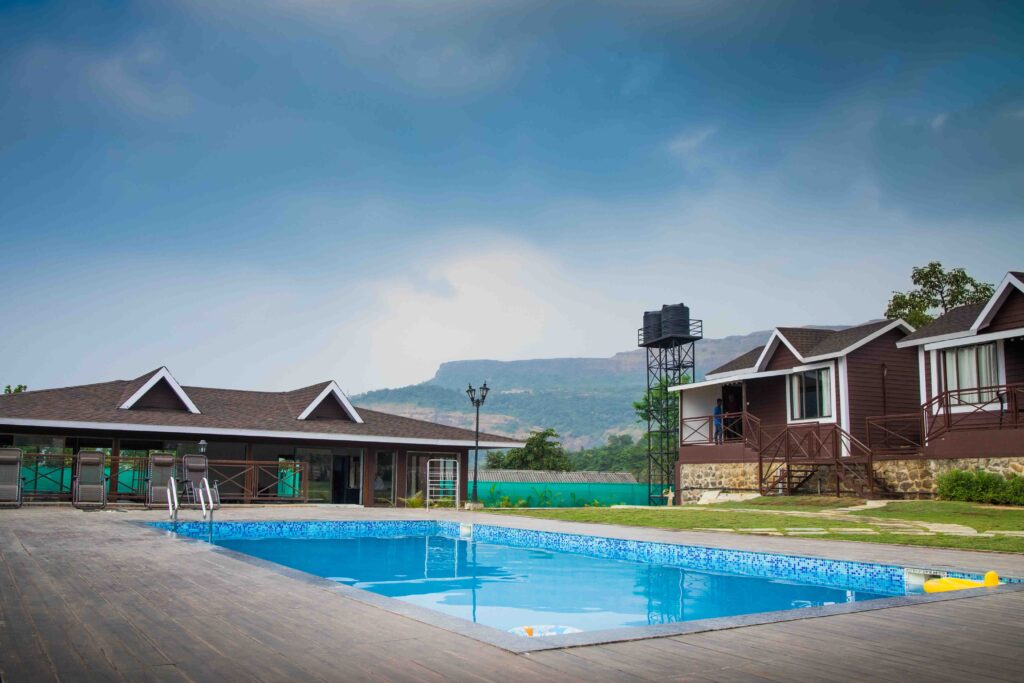
Gone are the boxy, impersonal designs! 2025’s prefab homes showcase:
- Regional Aesthetics: Kerala-style sloping roofs, Rajasthani jharokhas, or modern minimalist cubes.
- Smart Integration: Built-in wiring for home automation (think pre-installed conduits for Alexa-controlled lighting).
- Hybrid Materials: Steel frames with bamboo cladding, or SIPs (Structural Insulated Panels) with stone veneers.
- Modular Magic: Easily add a home office, granny flat, or terrace garden later.
Real-Life Inspiration:
- Chennai Couple’s Eco-Home: A 1,200 sq.ft modular villa by EcoLiv using recycled materials and solar roofing (completed in 4 months!).
- Himalayan Homestay: Panelized cedarwood cabins by Habitania designed for extreme weather and stunning views.
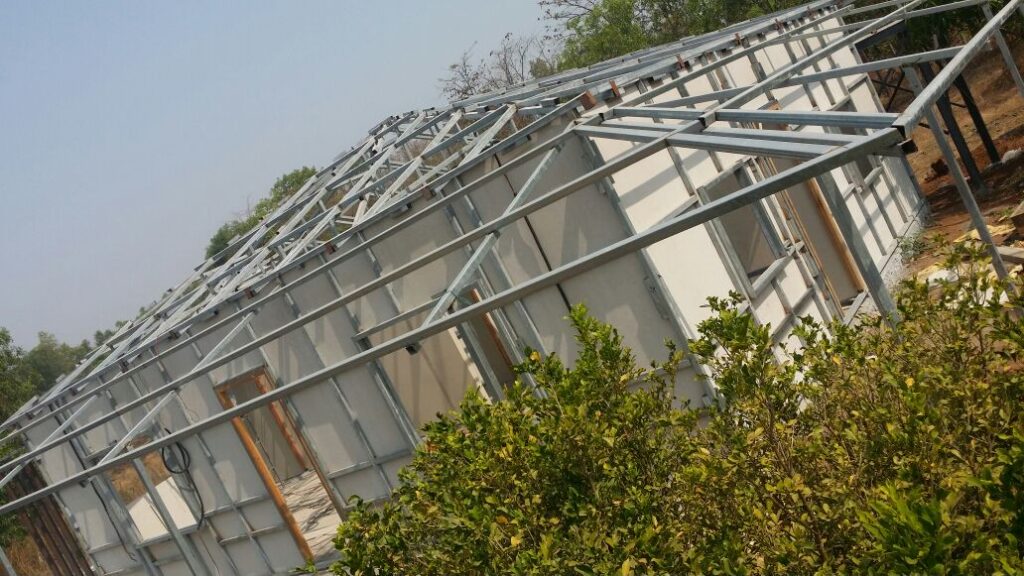
Why Prefab Makes MORE Sense Than Ever in 2025 India
- Speed = Savings: Move in faster, rent saved, EMI reduced.
- Predictable Budgeting: No nasty surprises mid-build.
- Climate Resilience: Engineered for seismic zones, heavy rain, and extreme heat.
- Sustainability Champion:
- Less water usage during construction.
- Optimized material = less waste.
- Built-in energy efficiency (insulation > traditional brick).
- Quality You Can Trust: Factory precision beats monsoon-soggy bricks.
Navigating Challenges: Land, Loans & Perception
Prefab isn’t without hurdles:
- Land Ownership: You still need clear land title (prefab doesn’t bypass legalities!).
- Financing Myths: Many banks do offer loans (SBI, HDFC) – insist on lenders familiar with prefab.
- “Temporary” Stigma: Modern prefab lasts 50+ years! Share IGBC certifications to convince skeptics.
- Skilled Assemblers: Choose vendors with proven site teams – ask for project photos!
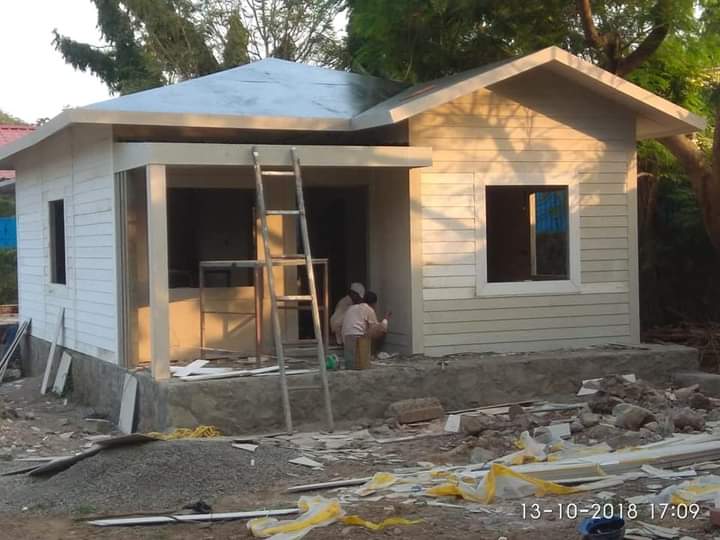
The Future is Prefab: 2025 & Beyond
Expect these trends:
- AI-Driven Customization: Platforms like Homovue & Mak Housing let you design in VR before cutting steel.
- Rise of Hybrid Homes: Combining prefab cores with traditional courtyards or facades.
- Government Subsidies: States like Karnataka and Gujarat offer incentives for eco-friendly prefab projects.
- Multi-Story Prefab: Tech enables safe, stylish 3-5 story apartment blocks.
Final Thoughts
Prefab homes India in 2025 offer a compelling mix of affordability, speed, sustainability, and modern design. Whether you’re looking for budget-friendly housing, a weekend retreat, or a scalable workcamp, prefab solutions are proving smarter by the day.
Ready to Build Smarter?
Prefab homes in India are no longer the alternative – they’re the intelligent choice. With prefab house cost offering genuine savings, designs rivaling conventional homes, and build times measured in months, not years, 2025 is the time to explore.
Your Next Step?
Use a Cost Calculator: Try Mak Housing’s Budget Estimator.
Share Your Thoughts: Have questions or a prefab experience? Comment below!
Explore More: Dive into our guide on Affordable Housing Schemes in India.
Don’t just dream of home – build it faster, greener, and smarter.
(Images/Infographics Suggestion: Embed a cost comparison chart, a gallery of modern Indian prefab designs, and a “Prefab Journey” infographic showing timeline steps.)
